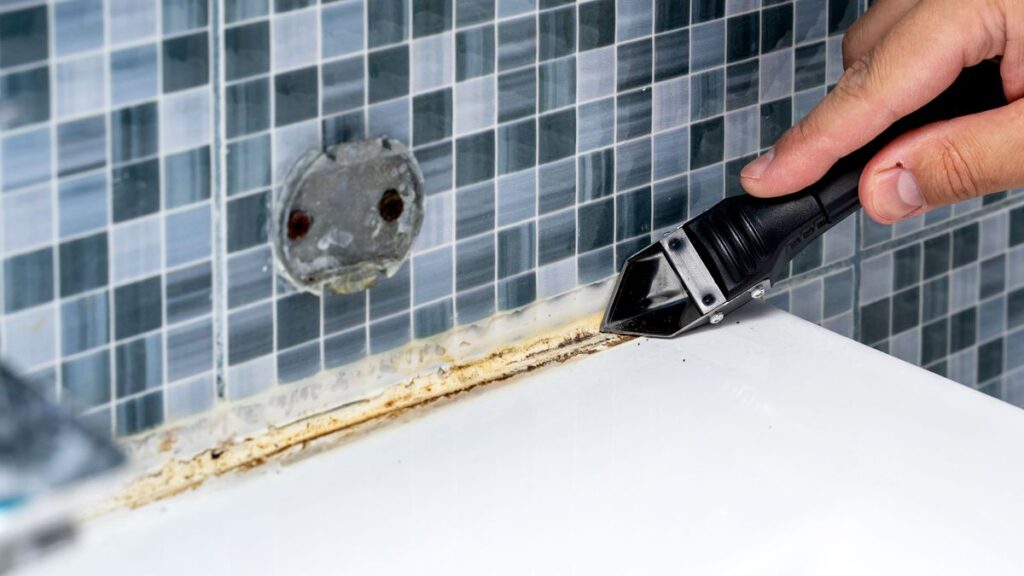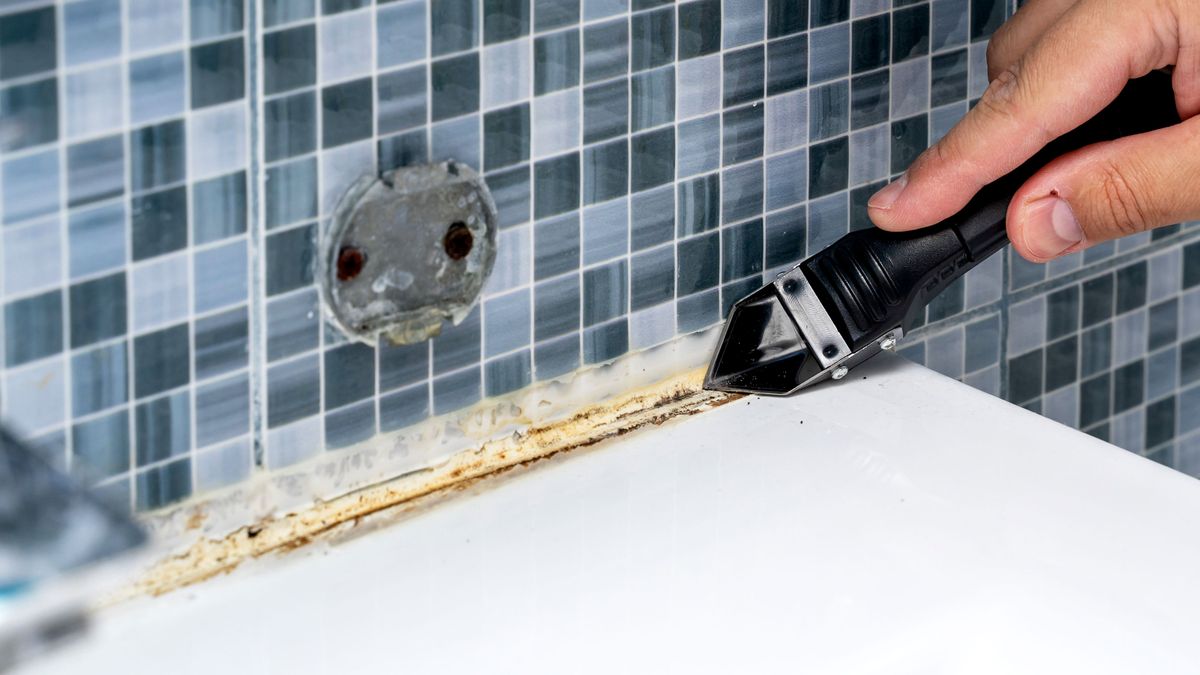
How to Remove Silicone from Fabric: A Comprehensive Guide
Silicone, a versatile polymer found in sealants, adhesives, and lubricants, can sometimes find its way onto our favorite fabrics. Whether it’s a stray dab of sealant from a DIY project or a cosmetic mishap, dealing with silicone on fabric can be frustrating. Unlike water-based stains, silicone‘s unique properties make it resistant to traditional cleaning methods. This guide offers a comprehensive approach to effectively remove silicone from fabric, preserving the integrity and appearance of your textiles.
Understanding Silicone and Its Bond to Fabric
Before diving into the removal process, it’s crucial to understand why silicone is so difficult to remove from fabric. Silicone polymers form a strong, flexible bond that adheres tightly to fibers. This bond is water-resistant and resistant to many common solvents, making simple washing ineffective. The key to successful removal lies in breaking down this bond without damaging the fabric itself.
Essential Tools and Materials
Gathering the right tools and materials is the first step towards successfully removing silicone from fabric. You’ll likely need:
- A dull knife or scraper (butter knife, plastic scraper)
- Soft cloths or rags
- Iron
- Brown paper bags or clean cardboard
- Rubbing alcohol (isopropyl alcohol)
- Dry cleaning solvent (optional, test in an inconspicuous area first)
- Dish soap (mild, clear)
- Soft-bristled brush (old toothbrush)
- Glycerin (optional, for delicate fabrics)
Step-by-Step Guide to Removing Silicone
The following steps outline a proven method for removing silicone from fabric. Remember to always test any cleaning solution on a hidden area of the fabric first to ensure it doesn’t cause discoloration or damage.
Step 1: Remove Excess Silicone
Carefully scrape away as much of the hardened silicone as possible using a dull knife or scraper. Avoid using sharp objects that could damage the fabric. Gently lift the silicone, working from the edges inward. The goal is to minimize the amount of silicone you’ll need to dissolve in subsequent steps.
Step 2: Apply Heat (Ironing Method)
This method works best for smaller silicone stains. Place the fabric stain-side down on a clean brown paper bag or piece of cardboard. Set your iron to a medium heat setting (without steam). Iron the back of the fabric over the stained area. The heat will soften the silicone, allowing it to transfer onto the paper bag or cardboard. Replace the paper or cardboard as it absorbs the silicone. Repeat this process until no more silicone transfers.
Step 3: Solvent Application (Rubbing Alcohol or Dry Cleaning Solvent)
If the ironing method doesn’t completely remove the silicone, try using a solvent. Rubbing alcohol (isopropyl alcohol) is a good starting point as it’s generally safe for most fabrics. Apply a small amount of rubbing alcohol to a clean cloth and gently blot the stained area. Avoid rubbing vigorously, which could spread the silicone or damage the fibers. Allow the alcohol to sit for a few minutes to break down the silicone. Then, blot again with a clean cloth to lift the dissolved silicone. Repeat this process until the stain is gone.
For more stubborn silicone stains, you can try a dry cleaning solvent. However, always test the solvent on an inconspicuous area of the fabric first to ensure it doesn’t cause discoloration or damage. Apply the solvent in the same way as the rubbing alcohol, using a clean cloth to blot the stained area.
Step 4: Dish Soap and Water
After using a solvent, it’s important to remove any remaining residue. Mix a small amount of mild dish soap with lukewarm water. Dip a soft-bristled brush into the soapy water and gently scrub the stained area. Avoid using harsh detergents or bleach, which could damage the fabric. Rinse the area thoroughly with clean water to remove all traces of soap. [See also: Stain Removal Guide for Delicate Fabrics]
Step 5: Glycerin Treatment (For Delicate Fabrics)
For delicate fabrics that may be sensitive to solvents or harsh scrubbing, consider using glycerin. Apply a small amount of glycerin to the stained area and gently massage it into the fabric. Let it sit for 30 minutes to an hour. Then, rinse the area thoroughly with lukewarm water. Glycerin can help to loosen the silicone without damaging the fibers.
Step 6: Washing and Drying
Once you’ve treated the stain, wash the fabric according to the manufacturer’s instructions. If the stain persists after washing, repeat the above steps before drying. Avoid putting the fabric in the dryer until the stain is completely gone, as the heat can set the stain.
Specific Fabric Considerations
The method for removing silicone from fabric may need to be adjusted depending on the type of fabric. Here are some considerations for different materials:
- Delicate Fabrics (Silk, Lace, etc.): Use glycerin instead of harsh solvents. Test any cleaning solution in an inconspicuous area first. Consider professional cleaning.
- Synthetic Fabrics (Polyester, Nylon, etc.): Synthetic fabrics are generally more resistant to solvents, but always test first. Avoid high heat settings on the iron.
- Natural Fabrics (Cotton, Linen, etc.): Natural fabrics are more absorbent and may require multiple treatments.
Preventing Silicone Stains
Prevention is always better than cure. Here are some tips to prevent silicone stains on your fabrics:
- Wear appropriate clothing when working with silicone products.
- Protect surfaces with drop cloths or plastic sheeting.
- Clean up spills immediately.
- Store silicone products in a safe place, away from fabrics.
When to Seek Professional Help
If you’ve tried the above methods and are still unable to remove the silicone from the fabric, or if the fabric is particularly delicate or valuable, it’s best to seek professional help from a dry cleaner. They have specialized equipment and cleaning solutions that can safely and effectively remove even the most stubborn stains. [See also: Choosing the Right Dry Cleaner for Your Needs]
Troubleshooting Common Issues
Even with careful application, some issues can arise during the silicone removal process. Here are some common problems and their solutions:
- Stain Spreading: Avoid rubbing the stain vigorously. Blot gently instead.
- Discoloration: Test any cleaning solution in an inconspicuous area first. If discoloration occurs, stop using the solution immediately.
- Fabric Damage: Use gentle techniques and avoid harsh chemicals. If the fabric is delicate, consider using glycerin or seeking professional help.
Conclusion
Removing silicone from fabric can be a challenging task, but with the right tools, techniques, and patience, it’s often possible to restore your fabrics to their original condition. Remember to always test any cleaning solution on a hidden area of the fabric first and to proceed with caution. By following the steps outlined in this guide, you can effectively tackle silicone stains and keep your fabrics looking their best. Don’t let a little silicone ruin your favorite garments or home textiles!

